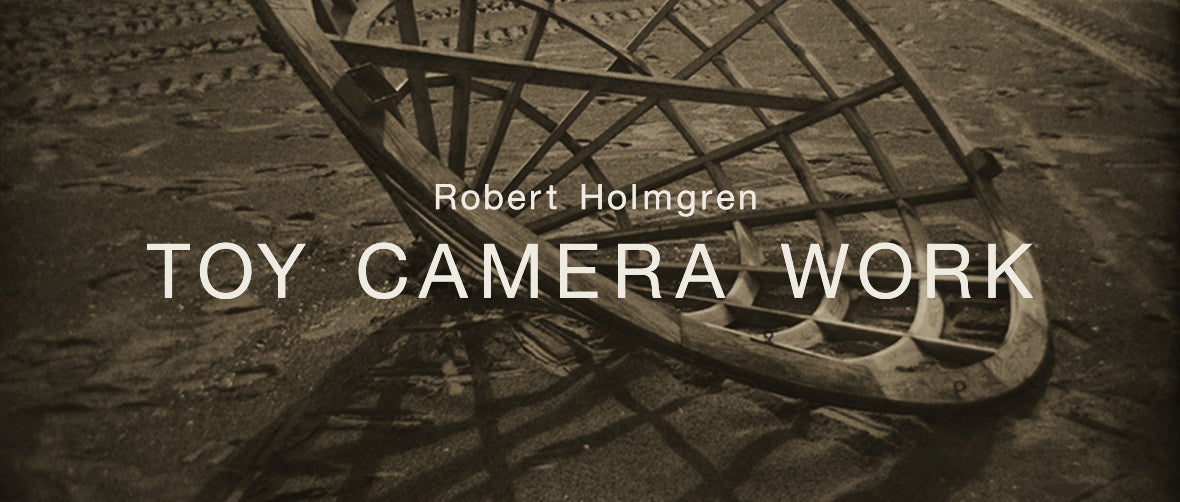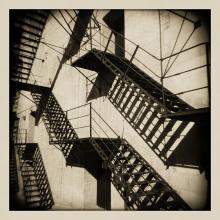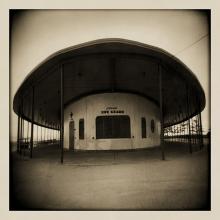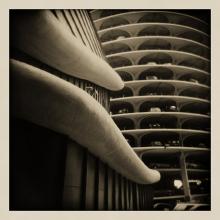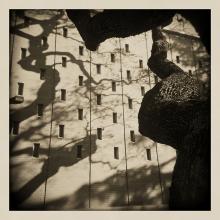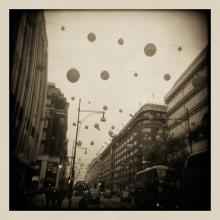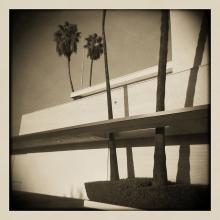Robert Holmgren: Toy Camera Work
Robert Holmgren: Toy Camera Work
In 2005, towards the end of my career as an editorial and corporate photographer, I began to reflect on the parallel paths my life and photography had taken, from time as a young boy shooting with simple cameras, to spending time printing black and white pictures in a darkroom, then on to shooting pictures on film for magazines utilizing specialty labs, and then the move into high quality digital photography.
In a conscious effort to look backwards while using the visual awareness developed over the years, I began using a simple plastic toy camera—the Holga. The camera had very simple controls, a poor quality lens, and a viewfinder that only approximated what the lens captured.
It began to dawn on me that I was choosing to use a camera that was either mocking my age or mirroring my decline. The camera is made of the sort of cheap plastic imported by struggling economies after World War II, the end of which marked my birth. The smell, shape and feel of that plastic remains familiar to me from my childhood growing up near a plastic molding business.
As a child I foolishly played with a magnifying glass to start small fires. The lens of my Holga more represents my weakened eyesight than a hazard. The shutter for my camera is pushed open with a thin, coiled wire whose responsiveness and frailty are compromised with use and age—likewise, the spring in my step. Activating the shutter sounds remarkably like my problematic left knee in action. Focusing and framing is accomplished through guesswork and experience—points for that.
When advancing film in the camera, it's important to pay attention, since the camera doesn't know to stop at the first frame. Youthful attention disorder or the forgetfulness of the aged are prey to this mistake. Once properly loaded, the film has a tendency to sag unless you control the tension between spools. Need I say more?
What results from the use of this retrograde technology is both whimsy and nostalgia, mirth and memory. It delights in reminding me of the images of another time, yet frustrates me with its unreliability. With patience, I coax it to occasionally give up a softer, rounder and more satisfying response. Wisdom at last. — Robert Holmgren, 2016
Robert Holmgren earned his MFA at the San Francisco Art Institute. Holmgren’s photographic practice has consisted of both fine art and commercial photography, with much of his commercial photography produced for national magazines covering Silicon Valley. Holmgren’s photographs are held in the collections of Minneapolis Institute of the Arts, the Kresge Gallery of Michigan State University, the Tokyo Metropolitan Museum of Photography, and the Museum of Modern Art in New York.
©2016 by the San Francisco Airport Commission. All rights reserved
